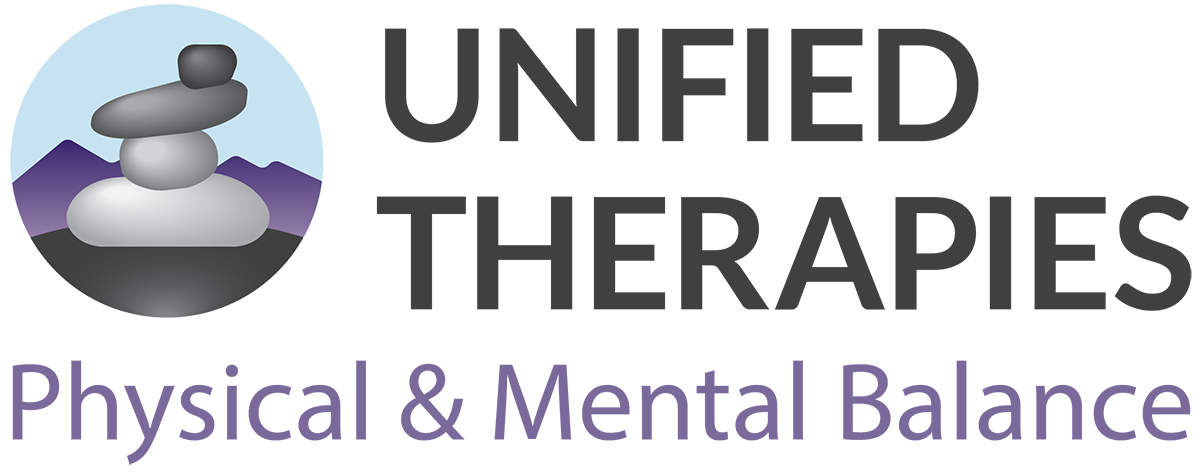How to Boost Stroke Recovery
For years, neurologists believed that survivors of stroke had a six-month window to recover. After that, individuals would be stuck with whatever physical and cognitive limitations they had. That view has changed dramatically because of neuroplasticity, the brain’s ability to modify, change, and adapt both structure and function as a result of an experience. This allows the brain to form new neural pathways after others have been disrupted in order to begin to speak, learn, move, or even walk. While patients may not regain all abilities they had before the stroke, they can recover some.
Knowing signs of a stroke immediately, may help the individuals change of suffering only a mild stroke. Signs of a stroke include
· sudden numbness or weakness in the face, arm, or leg especially on one side of the body
· Sudden confusion, trouble speaking, or difficulty understanding speech
· Sudden trouble seeing in one or both eyes
· Sudden trouble walking, dizziness, loss of balance, or lack of coordination
· Sudden severe headache with no known cause
If you think someone is having a stroke, act F.A.S.T and do the following simple test:
F – Face: ask the person to smile. Does one side of the face droop?
A – Arms: Ask the person to raise both arms. Does one arm drift downward?
S – Speech: Ask the person to repeat a simple phrase. Is the speech slurred or strange?
T – Time: If you see any of these signs, call 9-1-1 immediately.
After noticing symptoms of a stroke, Time is Crucial. Clot busting drugs such as tPA and clot retrieval procedures can dramatically improve stroke related deficits, but they need to be used as soon as possible to be effective, usually withing three hours of first symptoms. Most survivors of a stroke regain greatest improvement within the first few weeks but improvements can be made even if rehabilitation is delayed. The following is recommended to maximize progress after a stroke:
· Individuals should start therapy immediately in the hospital to have the best outcome. Individuals can rewire networks in their brain immediately after the stroke has occurred to begin to navigate around the area that the stroke has occurred.
· In an ideal world, individuals would be able to continue with physical therapy, occupational therapy, and speech therapy as long as possible, so they could reach their full potential. However, private insurances have capped the number of sessions individuals may have on their plan. The key to recovery is practicing tasks over and over. This is the reason therapist stress home exercises throughout the day, several times a day, to start the repetition process.
· Don’t let a pandemic stop your recovery. There is telemedicine that allows the therapist to guide your session to help with exercises and give advice.
· Many individuals think of the body and mind as two different systems. Actually, the body and mind work together to balance the individual. Improvements cognitively can help the body physically recover to over come their deficits.
· A major roadblock to adjusting to life after a stroke is depression. Depression in survivors of a stroke are three times higher than in the general population. Brain changes brought on by a stroke can contribute to depression, as can ongoing dependence and relying on others for caregiving.
· The tendency to avoid doing things that are difficulty is counterproductive after a stroke. For example, an individual with limited mobility in one hand who uses only the stronger hand will never strengthen the weaker hand. A rehabilitation technique known as constraint induced movement therapy is designed to isolate the weaker limb. Patients put their strong limb in a splint and intensively use the weaker limb for many hours a day for several weeks.
· Although life may change after a stroke, individuals can contribute with favorite activities but do them in a new way. Individuals should find the right therapy, the right equipment, and the right kind of support in order to return to what they enjoy.
· Individuals need to establish small and realistic goals to accomplish every couple of weeks for you to measure progress.
Stroke recovery is a life long process. There maybe times that individuals see a lot of progress and then plateau. At that time, the brain and body need a chance to rewire a pathway to accomplish more. Take the time to adjust and then return to therapy for new challenging ideas. Never give up on progress. Motivation can help drive the recovery.
